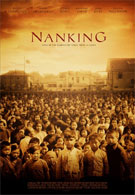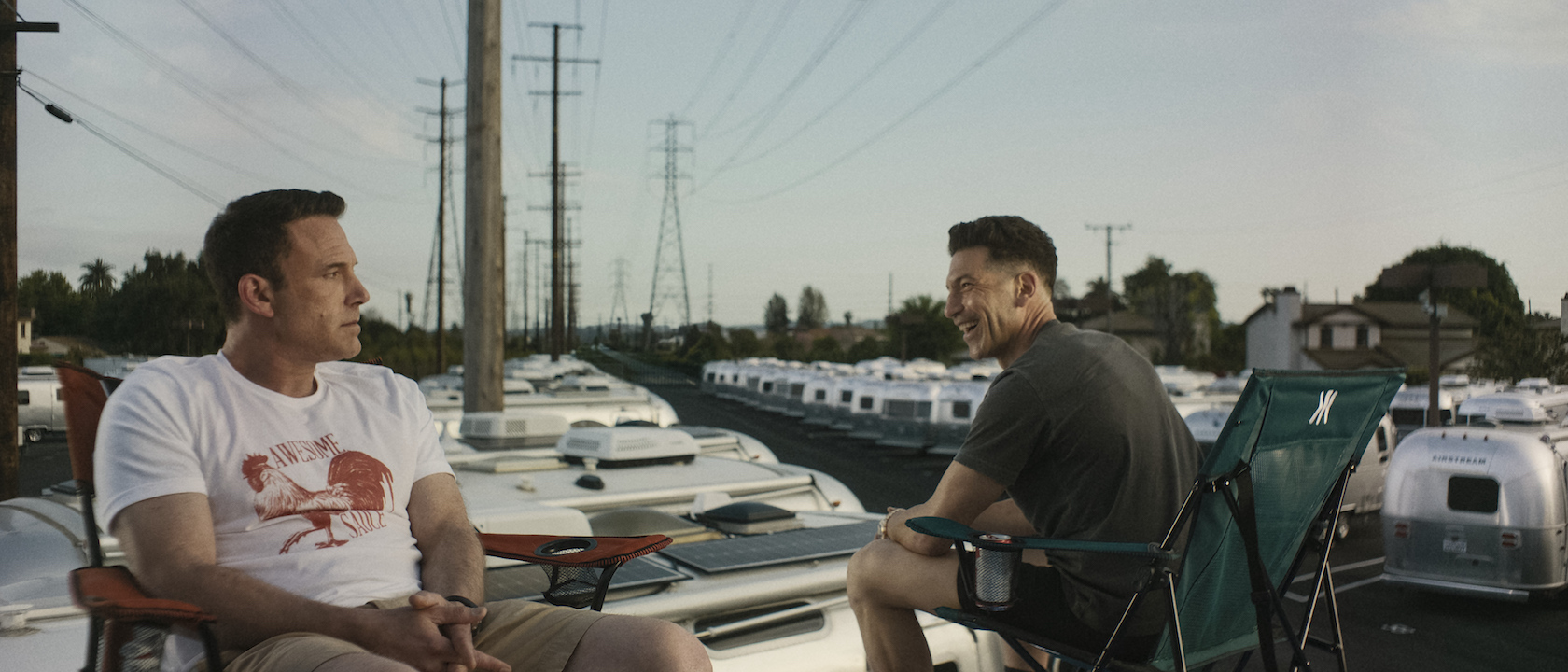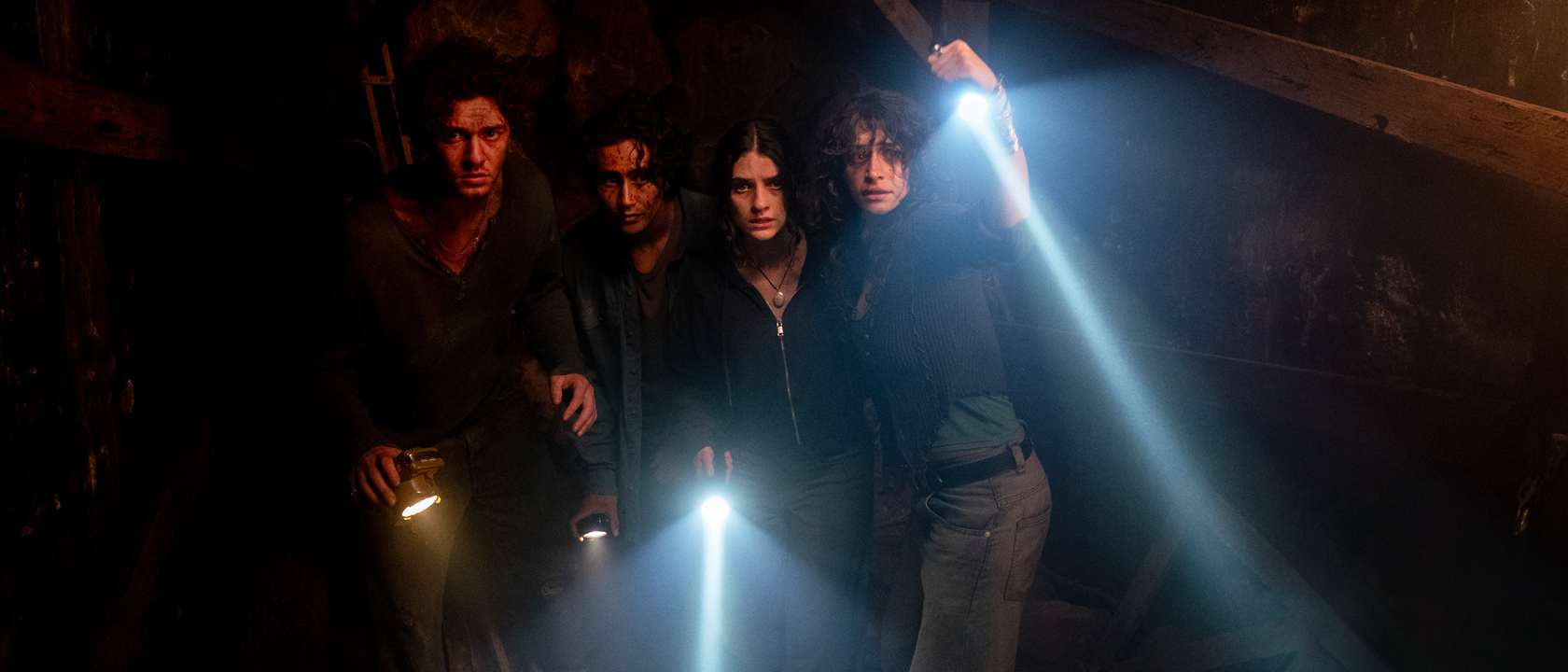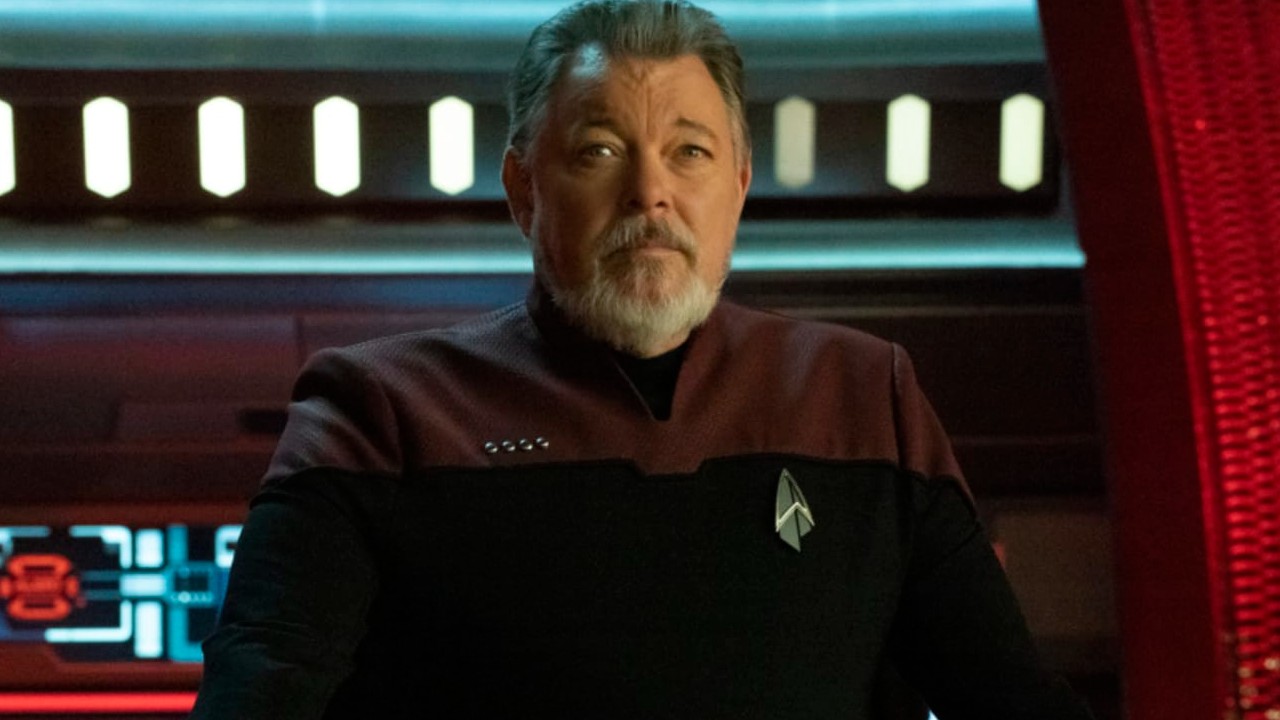It's telling one of the most horrifying, powerful and controversial stories of the 20th century, so Nanking was guaranteed from the beginning to pack an emotional impact. Though its storytelling methods can be off-putting and the filmmaking isn’t particularly stand out, this documentary remains gut-wrenching in the extreme.
The film details the events of the Rape of Nanking, a two-week siege of what was then China’s capital during Japan’s invasion of the country in World War II. The Chinese army retreated in defeat, leaving the city’s remaining civilians at the mercy of the Japanese army, which raped, killed and mutilated Nanking’s residents in numbers sometimes estimated to reach 200,000. A group of Westerners living in the city at the time—several Americans and even a German Nazi—banded together to create the Safety Zone, which protected as many as 250,000 civilians from the Japanese.
Directors Bill Guttentag and Dan Sturman accessed remarkable first-person accounts of the siege, many of them diaries written by the Safety Zone creators. Actors perform staged readings of the diaries, a technique that is jarring at first but succeeds in putting human faces to these remarkable historical figures. Mariel Hemingway plays Minnie Vautrin, an American woman who taught at Nanking’s Ginling College, and protected hundreds of her students from rape by the Japanese Army. Jurgen Prochnow is John Rabe, a Nazi sympathizer who nonetheless was instrumental in the creation of the Safety Zone. Woody Harrelson, Stephen Dorff and John Getz also provides voices of key witnesses.
Most impressive, though, are interviews with real survivors of the slaughter, many of them children at the time. One man tearfully recounts seeing his mother and baby brother stabbed with bayonets, his mother trying to nurse the baby while bleeding from her abdomen. Another woman tells of agreeing to be raped and killed by the Japanese soldiers in order to save her grandfather’s life.
The filmmakers attempt to end on an uplifting note, pointing out the heroism of the creators of the Safety Zone, but the darker truth shines through. Vautrin committed suicide a year after returning home from Nanking, and Rabe was arrested by the Gestapo for trying to tell Hitler about the events in Nanking. Though multiple Japanese officials were convicted as war criminals, thousands of Japanese soldiers were never held responsible for their crimes; in archival footage several of them can be seen speaking about the events, clearly and without evident remorse.
Many Japanese continue to deny that the Rape of Nanking ever occurred, and many more dispute the facts. The filmmakers don’t dwell on this, but they don’t really need to; enough is said with images of today’s Japanese nationalists juxtaposed with footage of their army shouting the exact same chants at the walls of Nanking 60 years earlier. The eyes of the Nanking survivors say even more.
Having a recognizable Hollywood actor like Harrelson pretending to be a historical figure in a documentary makes believing in the film tough at first, but Harrelson succeeds in making Dr. Bob Wilson, another hero of the Safety Zone, a warm and relatable character. Hemingway overacts a bit as Vautrin, but seeing her face as she reads Vautrin’s suicide note is heartbreaking. None of the actors can match the actual survivors for impact, but then again, they shouldn’t.
The beginning of the film breezes over the details of the war a little too quickly, but the actual siege of Nanking is what matters most, and they tell the story from every impossible angle. With a different subject Nanking may have only been a serviceable, workmanlike documentary, but with its first-hand accounts of a horrible, forgotten event, it’s a must-see.
Staff Writer at CinemaBlend












